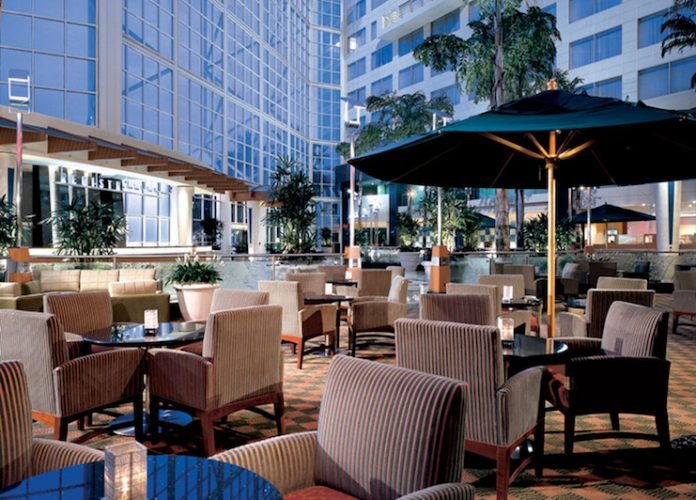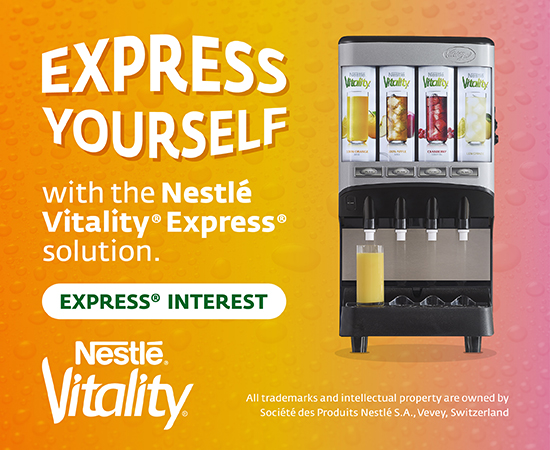Following trends can be complicated, especially in the hospitality market with countless brands and varying levels of service choices. With that said, one group of hotel guests is primarily driving today’s changes in the industry. Hotel properties are working quickly to respond to the needs of these guests, including with their F&B offerings as well as throughout the property itself.
Who are these hotel guests? Millennials. Heading into 2019, we’ll see even more hotel offerings based on the spending power of Millennials. According to a study by the Cornell Center for Hospitality Research, Millennials already make up more than one-third of the world’s hotel guests and are expected to represent half of all travelers to the United States by the year 2025.
This group of travelers are no longer making hotel destination decisions based on available bookings. In fact, Millennials are making their travel plans further in advance, with more than 31 percent booking one to three months in advance. Sixty-five percent of Millennials also reported taking at least one business trip in the last year, many of which were opportunities blended with work and leisure.
Local Experiences
As a result, Millennials are making travel choices based on a location’s attributes rather than on a specific brand or price point. These new influences can be directly linked to a robust economy, largely fueled by this population as well as a cultural behavioral shift, as this discerning population now desires an “all-in-one” curated experience. Today’s hotel guest seeks to be wowed at every moment of their hotel experience. Hotels must now look at how they can best create new experiences for guests, many of whom are now seeking shared experiences with their fellow travelers.
Immersion
A keyword for Millennials’ new influence in the hotel experience is “immersion.” Millennials seek to immerse themselves in the destination in which they are staying, and hotels are responding by bringing the local culture to them. This includes everything from pop-up restaurants and food trucks to integrating different local restaurants and bars and hosting special events in the hotel. These curated experiences are designed to create a more social atmosphere and provide a direct link for guests to interact with the local culture right where they are staying.
Adaptable Spaces
The lobby has now become the “living room” or primary gathering place where many of these interactions take place. Often, these spaces are designed for adaptability; the space can be transformed from breakfast service to evening cocktails with a smaller tasting menu. The variety of these services and environments work to help activate the space, becoming the “hub” for different people to mix and mingle.
Enhanced Amenities
The local-focused trend in F&B is scalable by the brand and level of service. Select-service brands adopted this earlier with the ever popular “eggs and waffles” complimentary breakfast. This F&B service often becomes the deciding factor for a dedicated group of travelers. Other higher-end properties have begun to leverage a local established restaurant to support the hotel’s guests’ amenities, and to create a destination for local and outside visitors to drive foot traffic directly into the hotel.
Wellness
One other key trend is wellness, particularly healthier menus and menu items. The local farm-to-table trend has become a new focus for many hospitality brands. Rooms are also trending towards a cleaner and smarter design. Hotel properties have begun to introduce offerings from water and air purification systems to therapy-designed lighting systems to help guests relax and alleviate stress.












